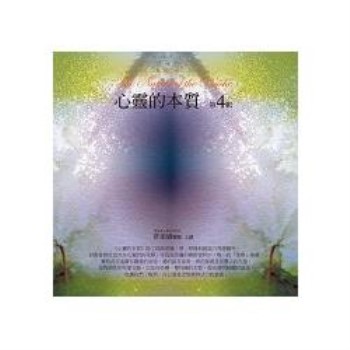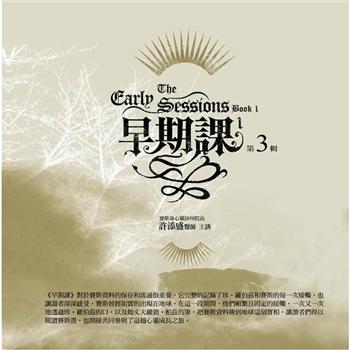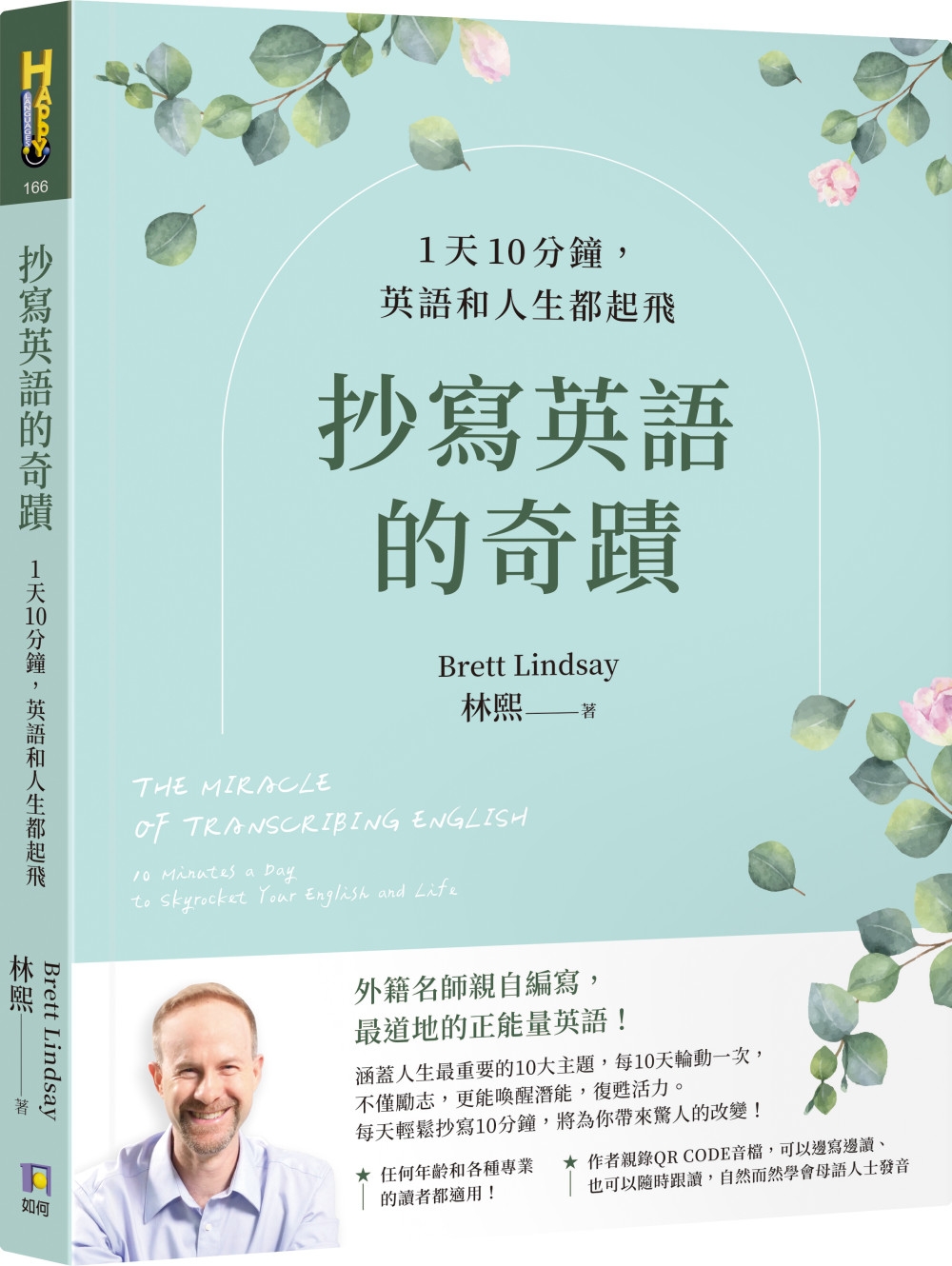Modern approaches to Roman imperialism have characterized Romanization as a benign or neutral process of cultural exchange between Roman and non-Roman, conqueror and conquered. Though supported by some literary and archaeological evidence, these theories are not reflected in the visual imagery of the Roman ruling elite. In official imperial art, Roman children are most often shown in depictions of peaceful public gatherings before the emperor, whereas non-Roman children appear only in scenes of submission, triumph, or violent military activity. Images of children, those most fraught with potential in Roman art, underscore the contrast between Roman and non-Roman and as a group present a narrative of Roman identity. As Jeannine Uzzi argues in this study, the stark contrast between images of Roman and non-Roman children conveys the ruling elite's notions of what it meant to be Roman.
| FindBook |
有 1 項符合
Children In The Visual Arts Of Ancient Rome的圖書 |
 |
Children In The Visual Arts Of Ancient Rome 作者:Uzzi 出版社:Cambridge University Press 出版日期:2005-09-26 語言:英文 規格:精裝 / 252頁 / 24.9 x 18 x 2.3 cm / 普通級 |
| 圖書館借閱 |
| 國家圖書館 | 全國圖書書目資訊網 | 國立公共資訊圖書館 | 電子書服務平台 | MetaCat 跨館整合查詢 |
| 臺北市立圖書館 | 新北市立圖書館 | 基隆市公共圖書館 | 桃園市立圖書館 | 新竹縣公共圖書館 |
| 苗栗縣立圖書館 | 臺中市立圖書館 | 彰化縣公共圖書館 | 南投縣文化局 | 雲林縣公共圖書館 |
| 嘉義縣圖書館 | 臺南市立圖書館 | 高雄市立圖書館 | 屏東縣公共圖書館 | 宜蘭縣公共圖書館 |
| 花蓮縣文化局 | 臺東縣文化處 |
|
|
圖書介紹 - 資料來源:博客來 評分:
圖書名稱:Children In The Visual Arts Of Ancient Rome
|










